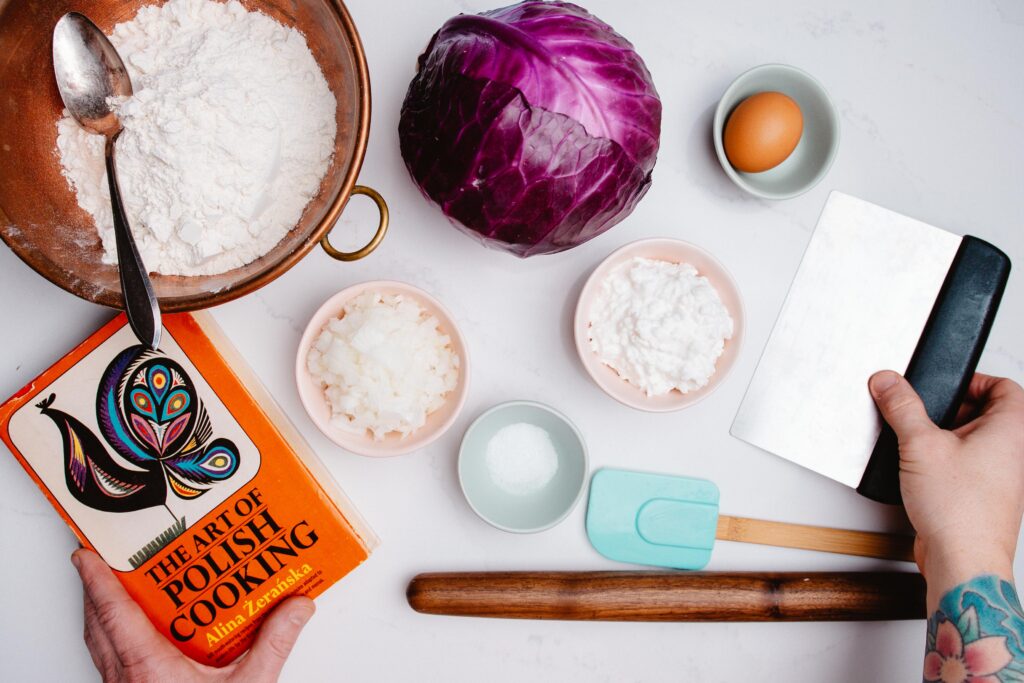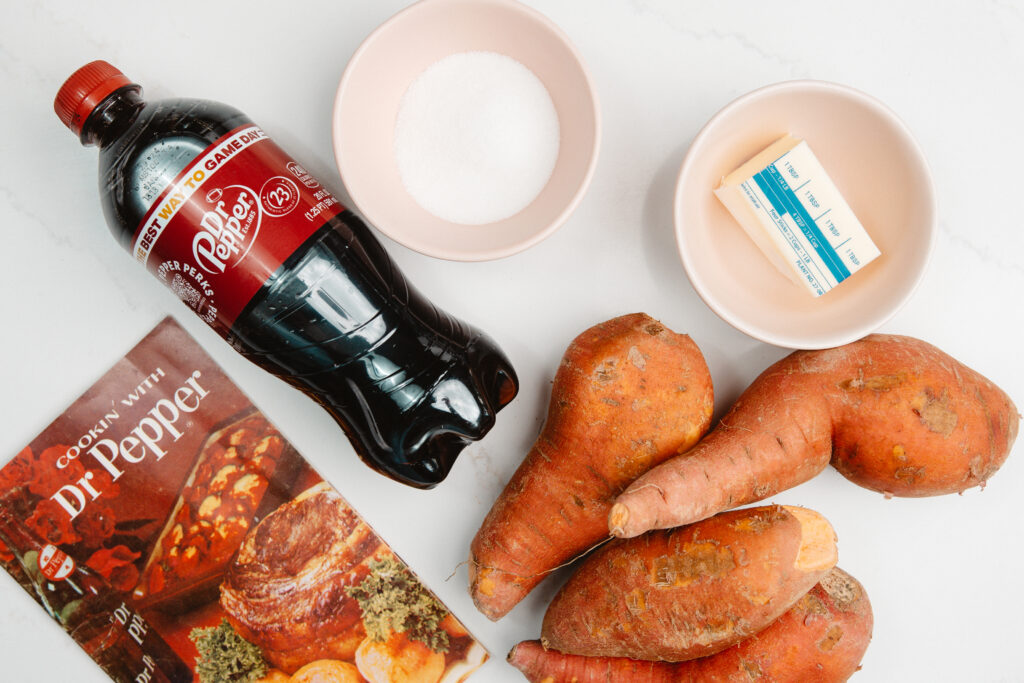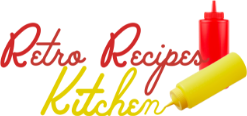Crème Brûlée
Course – Dessert
Cuisine – French
Keyword – Crème Brûlée
Cook Time – 60 minutes
Serving – 6 Servings
Skill level – Moderate
Author – McCall’s Cook Book, 1963
Crème Brûlée is one of those dishes that transcends the normal dining experience. The flavors, the sound of the sugar cracking, the balance of textural extremes – it’s truly amazing, when made properly.
And though it might seem like something you can only get on the weekend at your dinner reservation, I promise it’s much more approachable at home.
Let’s get into it.
What is Crème Brûlée?
- Also known as “Burnt Cream,” it’s commonly a rich, luscious custard that is topped with a thin, glassy layer of caramelized sugar.
Do I have to use a Brûlée torch?
- Using a brûlée torch is preferred because the goal is to have the warm sugary top, but a cold, set custard below. But, in a pinch, you can preheat the broiler in your oven and lift the rack to the top to get the sugar caramelized. Just be careful not to overcook the sugar or heat the custard too much.
Can I substitute flavors in my Crème Brûlée?
- Absolutely! Go crazy! Make an herby-infused cream base for a botanical twist, or add lemon zest to the custard. Try using Almond extract instead of Vanilla and don’t sleep on different types of sugars for a change of flavor profile!
INGREDIENTS
- 2 cups Heavy Cream
- 5 Eggs
- 5 Tablespoons of Granulated Sugar
- 1/4 teaspoon Vanilla Extract
- 1 cup of Light Brown Sugar
METHOD
Bring a small pot of water to a slow boil and place a metal mixing bowl on top to act like a double boiler.
Add your 2 cups of Heavy Cream into the metal mixing bowl and heat until a thin skin forms on the surface, then remove from heat.
While that is gradually heating, whisk together in a separate bowl your eggs, granulated sugar and vanilla.
It’s important to temper the eggs so they don’t curdle, so ladle a small amount of the warm Heavy Cream into the eggs, whisking constantly.
Continue with another ladleful or two and then gradually pour in the remaining Heavy Cream, while whisking.
Return the mixture to the double boiler and cook, whisking constantly, until the custard begins to thicken and can coat the back of a spoon.
If you cook too long, the eggs will get hot and curdle, so try to keep the temperature below 145°F/63°C in the custard base.
When thick enough, transfer to 6 (1/2 Cup) soufflé ramekins and allow to chill in a refrigerator until fully set – usually 6 hours or overnight for best results.
When ready to serve, divide the Brown Sugar on top of each of the 6 ramekins and use a Brûlée torch to caramelize the surfaces until glassy and brown, but not burnt.
Voila! Et Fini!
NOTES:
- You can prepare the uncooked custard base up to 5 days in advance and 3 days in advance with a cooked custard
- Be sure to avoid cooking the sugar surface too early, as it’s best consumed within 30 minutes or less after torching, to keep that cracking texture.
- When in doubt, use a thermometer to determine the temperatures of your custard base. You don’t want to scramble your eggs, so it’s helpful to have a Quick Read Thermometer available.
- Pro Tip: to get the smoothest custard, skim off any bubbles that form on the surface of your custard when whisking over the double boiler. If they’re left, the bubbles will set and result in an imperfect custard when setting in the refrigerator
Other Recipes You Might Like





